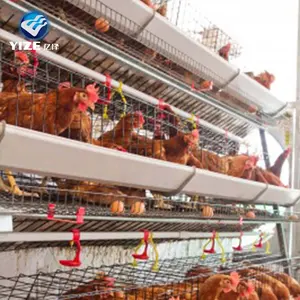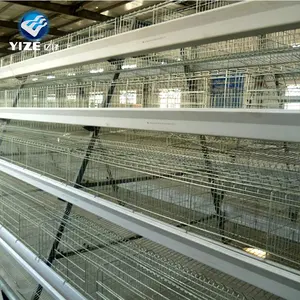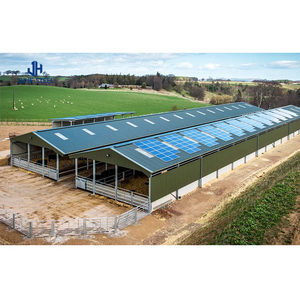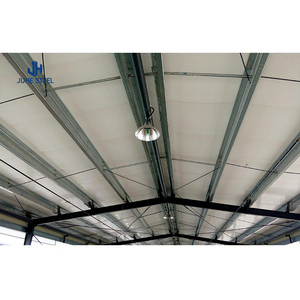Introduction to 3 Floor Layer Chicken House
The 3 floor layer chicken house is a state-of-the-art solution designed for poultry farmers looking to optimize their production capacity while ensuring the health and well-being of their chickens. This innovative modular structure allows for efficient space utilization while providing a comfortable living environment for the birds. Elevated in design, this chicken house provides easy access for maintenance and management, making it ideal for progressive poultry farming operations.
Types of 3 Floor Layer Chicken Houses
When selecting a 3 floor layer chicken house, it's important to understand the various types available to meet specific needs and farming practices. Here are the common types:
- Eco-Friendly Models: Utilizes sustainable materials and systems for energy efficiency.
- Automated Systems: Incorporates technology for feeding, watering, and egg collection, reducing labor costs.
- Traditional Designs: Simple structures emphasizing natural ventilation and ambient comfort.
- Hybrid Versions: Combines elements from various types to cater to diverse farming practices.
Applications of 3 Floor Layer Chicken House
The 3 floor layer chicken house serves multiple applications, allowing farmers to maximize their output while ensuring a sustainable approach:
- Commercial Poultry Production: Ideal for large-scale operations aiming to produce high volumes of eggs.
- Backyard and Hobby Farming: Perfect for small-scale farmers or enthusiasts looking to rear chickens effectively in limited spaces.
- Poultry Research Facilities: Manufacturers and researchers often utilize these houses to study bird habits and optimize feeding strategies.
- Organic Egg Production: Suitable for farmers looking to raise free-range chickens with an organic feeding regimen.
Advantages of Using a 3 Floor Layer Chicken House
The 3 floor layer chicken house offers a range of benefits that can greatly enhance poultry farming:
- Space Efficiency: Maximizes vertical space, allowing for more chickens without expanding the footprint.
- Improved Welfare: Provides ample space and proper ventilation, contributing to healthier livestock.
- Cost-Effective: Reduces overall land use and construction costs while increasing production capacity.
- Enhanced Biosecurity: Designed to minimize disease transmission through controlled access and sanitation protocols.
- Ease of Management: Multi-tiered structures allow for straightforward monitoring and maintenance tasks.









































